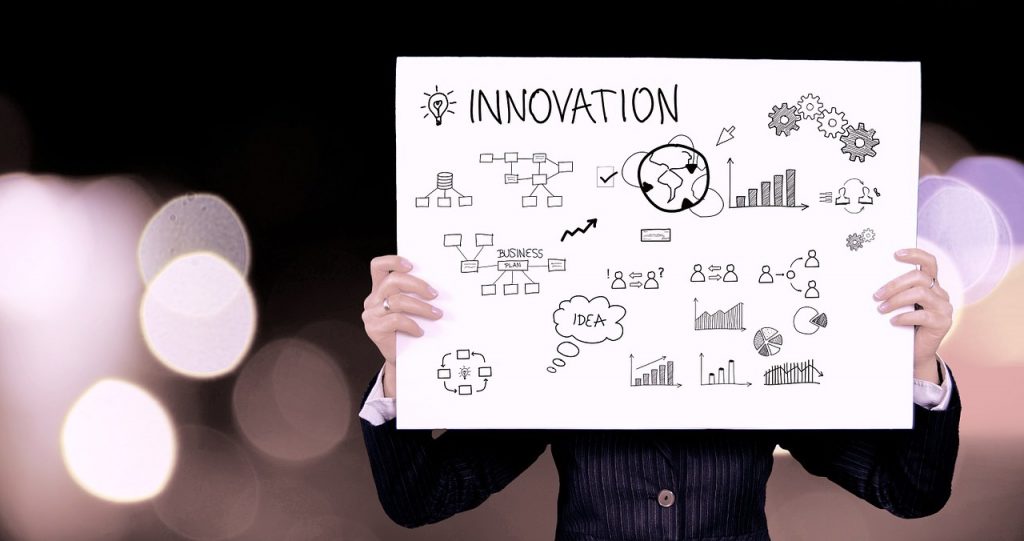The body of your presentation is the main substance of your message. It contains the evidence you need to support your main topic and the information your audience expects to know more about. To make your message easier to remember, limit your main points to three and have supporting details on each. Choose the strongest ideas you can consider as a major point and sandwich appropriately the weaker details in one of the major details. Just make sure that it is closely related and is logically apt to be categorized under it.
To effectively curate the body of your speech, it has to be delivered using an organizational structure. It is best to arrange them by following a method according to the one that is most appropriate for your needs. Among the common organization patterns for arranging speeches are the following:
1. Chronological Pattern
The time order pattern presents ideas, events, or processes in the sequence of time in which they took place or should take place. It begins at a given period in history and moves forward or backward with time. It is mostly used in describing a process or discussing the development of certain trends for demonstration speeches.
2. Spatial Pattern
In this pattern, the main points of your speech follow a spatial sequence. This illustrates the arrangement and the relationship of things in a given place. It describes the ideas according to physical relationships among things and persons as well. To describe or explain the organization of patterns, you may present your ideas by inside-outside, far-near, small-big, east-west, or up-down.
3. Logical Method
You can develop your speech’s body from a broad vision to specific details, or you may also proceed with a particular instance to the general. The key here is that you either present your information deductively or inductively. This pattern is effective when presenting a broad topic which you intend to break down into subtopics.
4. Causes and Effect
If you want your audience to appreciate a certain subject’s impact, a pattern that may suit this best is the cause and effect method. In this pattern, you arrange the main ideas in the discussion in a causal relationship. You both present in appropriate detail the events that have occurred and their corresponding results.
5. Advantage and Disadvantage
To focus and shed light on how beneficial an activity, idea, event, or product, you may consider using the advantages and disadvantages method. This will help you guide your audience to examine the range of positive and negative aspects of things that they can use to better judge when deciding on things.
6. Comparison and Contrast
A presentation may also be developed by pointing out the similarities between two objects, persons, or ideas. You can make the concept vivid by comparing familiar objects and familiar points of reference. People can effectively learn concepts when they have something with which to compare it. If you are using this pattern, make sure that you have a valid and adequate number of comparisons. This method is suited when trying to motivate the audience to understand a concept they have never considered before or ask them to take action like following or purchasing something they have never owned before.
7. Analogy
When writing the body of your presentation, you may consider pointing out the familiarity in some respects between things or ideas otherwise unlike. It is also appropriate to clarify something abstract and familiar by relating it to something concrete and familiar.
8. Problems and Solutions
You can organize the body of your speech by presenting it through a problem and solution method. Naturally, the speech should focus on the problem at hand, then provide the solution that you are offering. To make your proposition more convincing, you may include other problems that could also be fixed by the solution you are suggesting. This becomes more effective in persuading as the audience sees the value of your proposition. Knowing that the solution you are offering is versatile and can also be applied to multiple problems, they are more encouraged to accept it. This is suitable when motivating your audience into action, prompting them to support an idea or buy a product, information, or service that offers a solution to a problem.
In arranging the body of your presentation, you may use any of the patterns above, although you may utilize more than one method. Keep in mind that you have to observe the principles of unity, coherence, clarity, conciseness, and correctness in writing it. Ensure that as you present the facts and move from one point to another, you help the audience know that you connect two parts—present interconnectedness by using transition sentences that show the logical or psychological relationships among the ideas. Using transition statements between main and subordinate points will help make your central idea clear and easy to understand.
Special Bonus Tip: To ensure that your presentation’s body is organized and well structured, create an outline for your speech. This will also help you to draft an appropriate introduction and conclusion for your central idea. Moreover, you may also look for materials and references that provide samples of how the above-listed patterns were used. You may also ask an English teacher specializing in writing speeches to guide you on how to write compelling content for the body of your speech.

